3D Foot Scanners: The Digital Revolution in Foot Data Collection
In today’s digital age, technology is transforming nearly every aspect of our lives, and healthcare is no exception. Among the many innovations reshaping the medical field, 3D foot scanners stand out as a groundbreaking tool. These devices are not only changing how we measure and analyze foot health but also revolutionizing industries like sports, orthopedics, and footwear design.
This blog delves into how 3D foot scanners have sparked a digital revolution in foot data collection, exploring their role, benefits, and the exciting future they promise.
What Are 3D Foot Scanners?
A 3D foot scanner is an advanced device that captures the precise three-dimensional shape and structure of the foot. Unlike traditional methods that rely on physical molds or two-dimensional measurements, 3D scanners use optical or laser technology to provide a highly detailed digital model.
These scanners can measure:
Foot length, width, and height
Arch structure and alignment
Toe positioning
Pressure distribution across the foot
By offering a complete picture of the foot, 3D foot scanners provide invaluable data for healthcare professionals, researchers, and even fashion designers.
Why Is Foot Data Collection Important?
Our feet are complex structures made up of 26 bones, 33 joints, and more than 100 muscles, tendons, and ligaments. They support our entire body weight, absorb shock, and help us move efficiently. Any imbalance or irregularity in foot structure can lead to pain, discomfort, or even long-term health issues like joint problems or posture imbalances.
Accurate foot data collection is essential for:
Diagnosing Conditions: Conditions like flat feet, high arches, and bunions can be identified with precise measurements.
Designing Custom Solutions: Orthotics, insoles, and footwear can be tailored to individual needs.
Improving Mobility: Accurate foot analysis can help enhance movement efficiency and reduce pain.
How 3D Foot Scanners Revolutionize Foot Data Collection
1. Precision and Accuracy
Traditional foot measurement techniques, such as using rulers or physical molds, often leave room for error. 3D foot scanners eliminate these inaccuracies, offering millimeter-precise data that ensures a perfect fit for custom solutions like orthotics or shoes.
2. Speed and Efficiency
With a 3D foot scanner, the entire process of capturing foot data takes just a few seconds. This not only saves time for professionals but also enhances the patient experience by reducing wait times.
3. Dynamic Analysis
Advanced 3D foot scanners can analyze how the foot behaves in motion, capturing data during walking, running, or standing. This dynamic analysis provides insights into gait patterns and pressure distribution, which are crucial for diagnosing and treating conditions.
4. Digital Integration
The digital models generated by 3D foot scanners can be easily integrated with software for further analysis, storage, and sharing. This makes it easier for professionals to collaborate and for patients to access their records anytime.
Applications of 3D Foot Scanners
In Healthcare
Podiatry: Diagnose and treat foot-related conditions like plantar fasciitis, flat feet, and diabetic foot ulcers.
Orthopedics: Design custom braces and insoles for patients with structural issues.
Rehabilitation: Monitor recovery progress after surgeries or injuries.
In Sports Science
Performance Optimization: Analyze an athlete’s gait and foot pressure to improve performance.
Injury Prevention: Identify potential risks and correct imbalances before they lead to injuries.
In Retail Footwear
Custom Shoe Design: Brands are using 3D foot scanners to offer personalized shoe fittings, ensuring maximum comfort and style.
Consumer Experience: In-store scanners provide an interactive and tech-savvy shopping experience.
In Research and Development
Product Innovation: Data from 3D foot scanners aids in designing better footwear, orthotics, and medical devices.
Biomechanics Studies: Researchers use the data to study human movement and improve ergonomic designs.
The Benefits of Using 3D Foot Scanners
1. Enhanced Accuracy
By capturing the intricate details of foot structure, 3D foot scanners eliminate guesswork and provide highly accurate data.
2. Personalized Solutions
The detailed models allow for the creation of tailored orthotics, footwear, and treatment plans that address specific needs.
3. Cost-Effectiveness
Although the initial investment in 3D foot scanners may seem high, their efficiency and accuracy reduce costs associated with trial-and-error approaches in diagnosis and treatment.
4. Improved Outcomes
Patients experience faster recovery, better mobility, and enhanced comfort thanks to data-driven solutions.
5. Future-Proof Technology
As digital tools become more prevalent, adopting 3D foot scanners ensures readiness for future advancements in healthcare and design.
Challenges and How They Are Being Overcome
While the benefits are significant, there are some challenges in adopting 3D foot scanners:
Cost: Advanced devices can be expensive, but prices are gradually decreasing as technology becomes more widespread.
Training Requirements: Operators need training to use the devices effectively. This can be addressed through workshops and certification programs.
Data Security: As with any digital tool, ensuring the privacy and security of patient data is crucial. Cloud encryption and secure databases are addressing these concerns.
The Future of 3D Foot Scanners
1. Integration with Artificial Intelligence (AI)
AI-powered scanners will soon provide instant diagnostic suggestions based on collected data, making foot health management more accessible.
2. Portable Scanning Devices
The future will see compact and portable 3D foot scanners that can be used in remote areas or even at home.
3. Wearable Technology
Imagine shoes or insoles equipped with 3D scanning capabilities, offering real-time foot analysis during daily activities.
4. Virtual Reality (VR) Applications
VR integration will allow users to visualize foot conditions and explore treatment options in an immersive environment.
5. Holistic Health Monitoring
Future scanners might go beyond foot health, analyzing posture, gait, and joint health to provide a comprehensive view of an individual’s physical well-being.
3D foot scanners represent a significant leap forward in how we collect and utilize foot data. From healthcare to sports and retail, their applications are vast and impactful. These devices not only improve diagnostic accuracy but also enhance the design and delivery of personalized solutions.
As technology continues to evolve, 3D foot scanners are set to become an indispensable tool in health monitoring and beyond. Embracing this digital revolution is a step towards a future where innovation and precision drive better health outcomes for all.

 +86-0755-86131192
+86-0755-86131192 2024-12-30
2024-12-30 Back to list
Back to list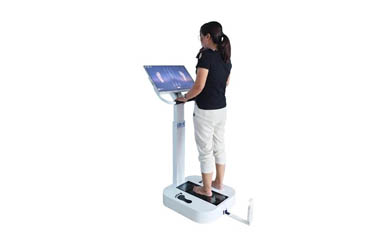
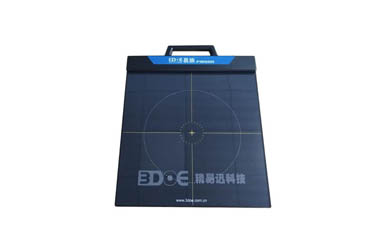
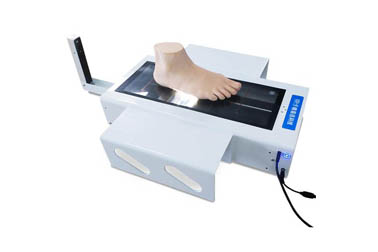
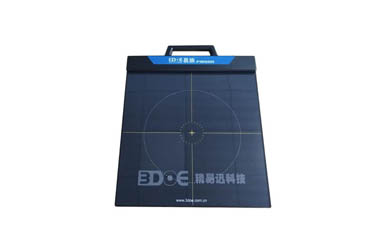
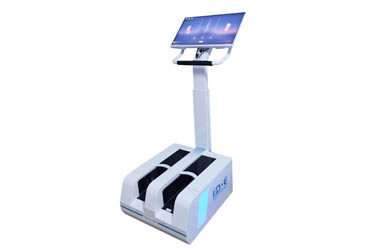
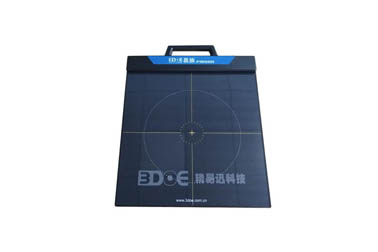



 +86-0755-86131192
+86-0755-86131192